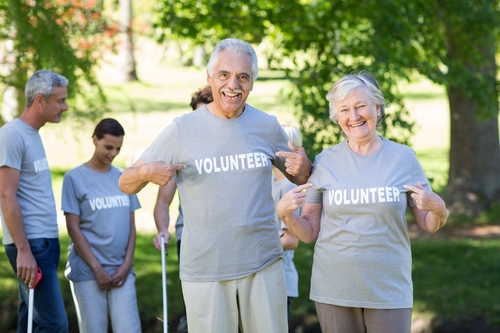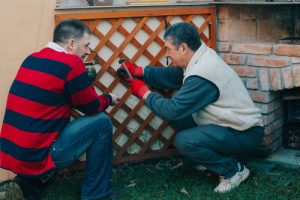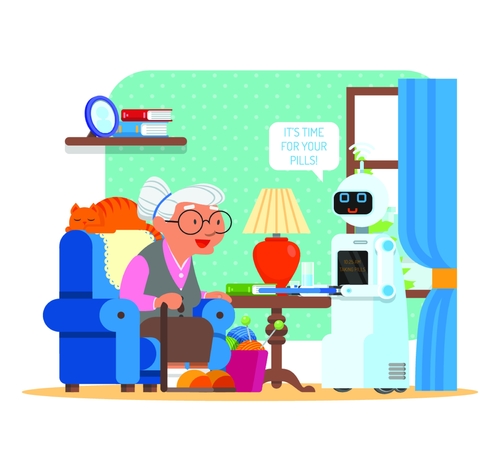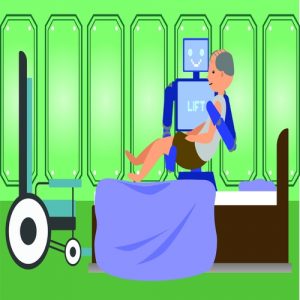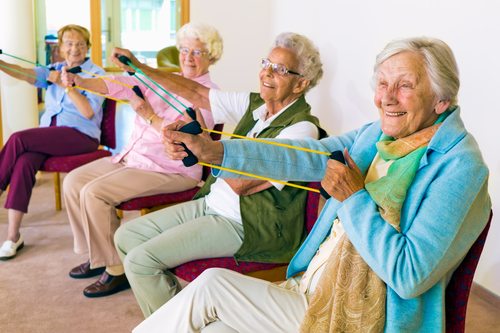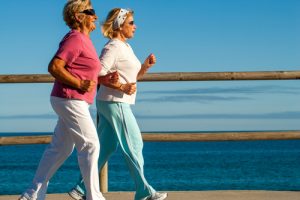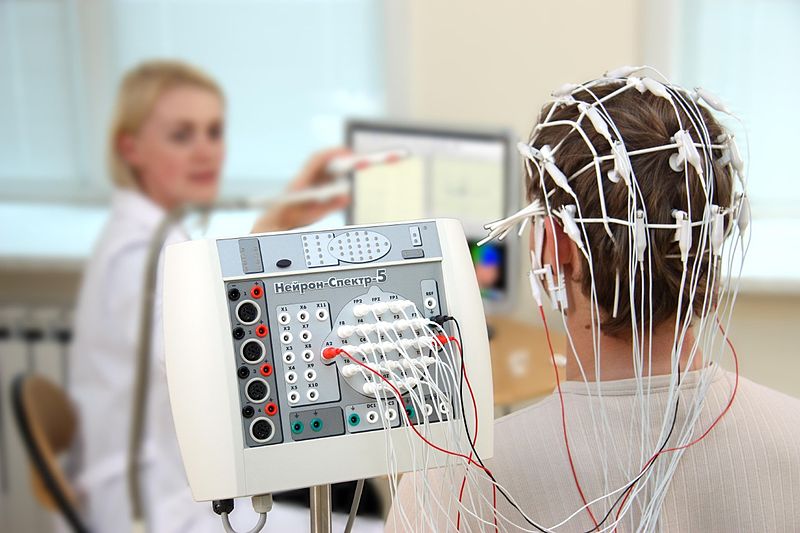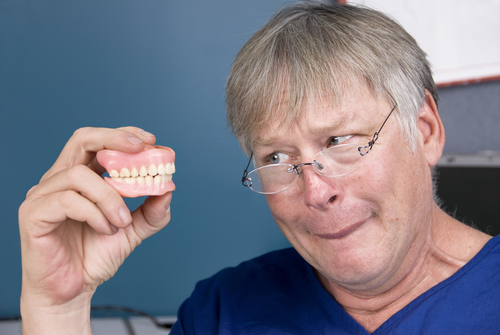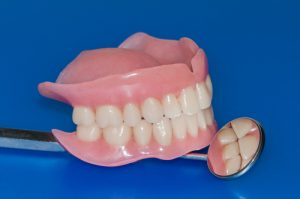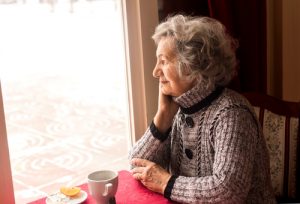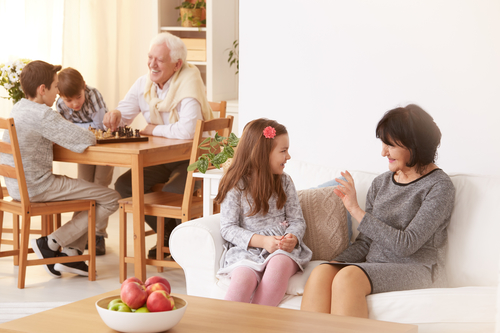As we get older we realize that time is precious and want to make the most of it. While a lot of articles focus on the grand adventures you can have, there are also small steps you can take to make your life fulfilling. From personal growth to your relationships, there are plenty of things you can do to make the remainder of your life the best it can be. Here are 8 regrets you don’t want as you age.
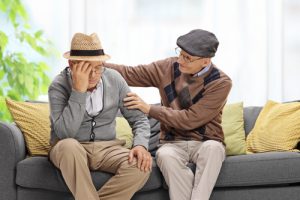
8 Regrets You Don’t Want as You Age
1. Don’t hold onto grudges.
It can be easy when someone upsets you to stew in your anger, but it can be detrimental to your health. Researchers at Hope College discovered when participants thought of their enemies, stress signs like sweating and rapid heartbeat increased. So it’s best to let go of that resentment.
2. Postponing your estate plan.
It’s not the most fun thing in the world to do, but it’s the most selfless. Without a plan, heirs will have to figure out what your wishes are, which could lead to fights. It will give everyone peace of mind.
3. Thinking it’s too late to make friends.
You are never too old to make friends! Cutting yourself off from the opportunity will leave you lonely. Try talking to people with the same interests as you, such as someone in your bookclub tennis lessons, etc., and offer a coffee date.
4. Ignoring medical tests.
This should be obvious, but make sure to keep up with screenings and tests that are needed as you age. Talk to your doctor about what should be done and how often. Take control and make sure you are healthy for a long time.
5. Being afraid to do what you want.
This is pretty self explanatory, but don’t let fear control your life. It can be easy to do so, but push through and do the things you want to do.
6. Not telling people they matter.
Maybe you are not an emotional person, and you feel awkward voicing your affections for others. Not only would it make others feel good, but it will make you feel closer to your loved ones.
7. Not taking the possibility of falls seriously.
We talk a lot about falls, but that’s because it’s so important to discuss. Falls are one of the top injuries of seniors and cause a lot of damage. Check to make sure none of your medications make you less stable, make your home safer with grab bars and railings, and add balancing to your exercise regimen.
8. Let yourself be open to this new chapter of your life.
We live with the same beliefs from growing up, the same fears, insecurities, and other negative thoughts. Throw those thoughts away and start thinking happier thoughts about yourself. You can be kinder to others, think about what makes you great, and live by what makes you feel good.
Read more here.
